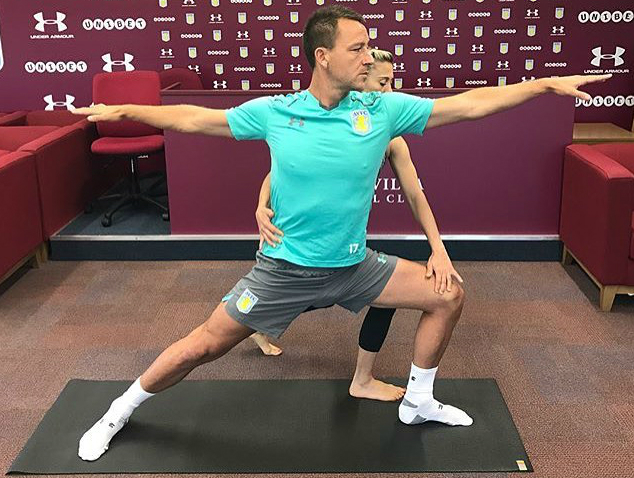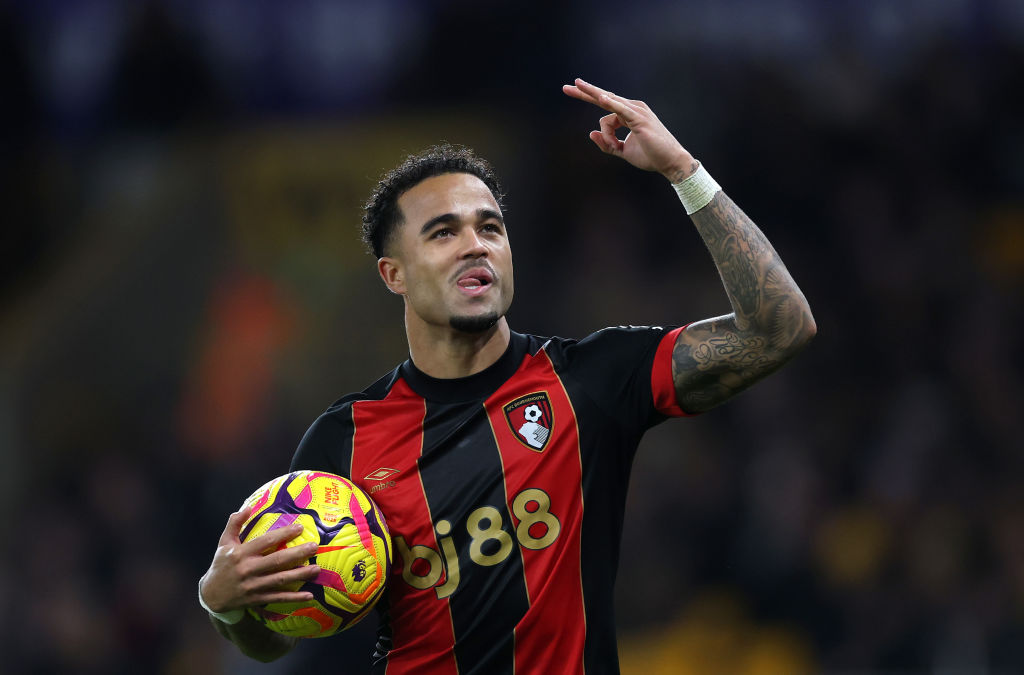How yoga could reduce your risk of injury
Football yoga expert, Sharon Heidaripour, explains how regular sessions could help you to avoid injury

When did you start working with footballers?
I played professionally in Italy and Sweden but had to quit after suffering a bad ACL injury. Once I knew my playing career was over, I wanted to do something that would help players physically and emotionally. I never had a support person there who could help me with both of those things. I studied physiotherapy and then did a masters in sports science. By my second years I was already working in academies and it’s just progressed from there.
What common problems injury problems do you encounter with players?
When I’m working with academy players, I find they still have a good range of flexibility and range of motion. But from the age of 16 or 17, the upper body starts growing in a totally different way. The spine grows and often you find players will get growth-related injuries. Strength training is then introduced, which means an increase in muscle mass, which can stiffen the muscles. Around that age when you introduce yoga, it really complements the strength and power work that they do, so when they turn 20, 21 or 22, there isn’t any stiffness.
What can happen if a player neglects flexibility work?
If they haven’t done any flexibility work, then they will be stiffer and by the time they turn 25 or 26, it’s more difficult to introduce that sort of training and restore the flexibility they had in their teenage years. In cases like this, I do a lot of recovery-based yoga so they recover post-games, but it’s hard to maximise their flexibility. They often have good core and glute strength, but the foundation is missing. Lots of players get one v one tactical coaching and they need it physically as well. Within yoga you can work on so many different things.
How does yoga aid performance?
When players suffer muscular injuries, it’s usually because of a lack of flexibility. After years of training, games and strength work, muscles slowly become shorter unless you do equally as much, or regular flexibility exercises. If the normal length of a muscle is 20cm, the muscle may become 18cm, so it’s two centimetres shorter. As a result, it’s not in its healthy range – so when a player goes for a sprint or a kick and the leg goes really straight, the hamstring may go, or they may push off sideways and there’s more strain on the groin.
Can it help to extend a player’s career?
If your range of flexibility is as it should be and your hips and shoulder mobility have full range, then of course there is not going to be any strain on the body. The reason players’ careers end earlier is normally because something hasn’t been done correctly for 10-15 years. It isn’t something that has happened towards the end, it’s a continuous problem; it’s not that final injury (that’s the tip of the iceberg). If you look after your body and you introduce specific mobility exercises for the hip, shoulders and spine, the core (the whole trunk), through yoga you could avoid serious injury and prolong your career.
How often would you recommend doing yoga?
You should do it pre-training, for 15-20 minutes, to open everything up. This is the same for professionals, semi-pro players or amateurs. Mobility work switches the core and glutes on – the centre of your power. Then post training, you should aim to do 10-15 minutes of mobility and 10-15 minutes of flexibility because your joints will have stiffened up during the game. If you’ve got more time, do 20-30 mins of it because I think it’s really important. A lot of players say they don’t have enough time, it’s important they do it even if it’s 10 minutes.
Get FourFourTwo Newsletter
The best features, fun and footballing quizzes, straight to your inbox every week.
